Regulatory Support
Regulatory frameworks and policies are playing a crucial role in shaping the building integrated-photovoltaics market. Various state and local governments are implementing building codes and standards that encourage or mandate the use of renewable energy technologies in new constructions. In 2025, it is anticipated that more than 30 states will have enacted legislation promoting solar energy adoption, which includes incentives for building integrated photovoltaics. This regulatory support not only facilitates market entry for new technologies but also provides financial incentives for consumers, such as tax credits and rebates. Consequently, the building integrated-photovoltaics market is likely to experience accelerated growth as these supportive measures create a more favorable environment for investment and development.
Rising Energy Costs
The increasing costs of traditional energy sources are driving interest in the building integrated-photovoltaics market. As utility rates continue to rise, homeowners and businesses are seeking alternative energy solutions to mitigate expenses. In 2025, the average residential electricity price in the US is projected to reach approximately $0.15 per kWh, prompting a shift towards renewable energy sources. Building integrated photovoltaics offer a dual benefit of energy generation and aesthetic integration into structures, making them an attractive option. This trend is likely to accelerate as energy prices fluctuate, leading to a greater adoption of solar technologies in new constructions and renovations. The building integrated-photovoltaics market is thus positioned to benefit from this economic pressure, as consumers look for ways to reduce their long-term energy costs.
Urbanization Trends
The ongoing trend of urbanization is significantly impacting the building integrated-photovoltaics market. As urban areas continue to expand, the demand for energy-efficient and space-saving solutions becomes increasingly critical. In densely populated cities, where land is limited, building integrated photovoltaics offer a unique solution by allowing buildings to generate their own energy without requiring additional land. By 2025, urban areas are expected to account for over 80% of the US population, further driving the need for innovative energy solutions. This demographic shift is likely to enhance the appeal of building integrated photovoltaics, as they align with the goals of urban planners and developers seeking to create sustainable and energy-efficient urban environments.
Technological Innovations
Technological advancements in solar energy systems are propelling the growth of the building integrated-photovoltaics market. Innovations such as improved photovoltaic cell efficiency and the development of lightweight materials are making solar integration more feasible and attractive for building applications. For instance, recent advancements have led to solar panels that can achieve efficiencies exceeding 22%, which enhances energy output without requiring additional space. Furthermore, the integration of smart technologies allows for better energy management and optimization, making building integrated photovoltaics a more viable option for modern architecture. As these technologies continue to evolve, they are expected to drive further adoption in the building integrated-photovoltaics market, appealing to both residential and commercial sectors.
Sustainability Initiatives
The growing emphasis on sustainability and environmental responsibility is significantly influencing the building integrated-photovoltaics market. Many organizations and governments are adopting sustainability goals, aiming to reduce carbon footprints and promote renewable energy usage. In 2025, it is estimated that over 50% of new commercial buildings in the US will incorporate some form of renewable energy technology, including building integrated photovoltaics. This shift is not only driven by regulatory requirements but also by consumer preferences for eco-friendly products. As a result, the building integrated-photovoltaics market is likely to see increased demand as businesses and homeowners align their energy solutions with sustainability objectives, thereby enhancing their market presence and appeal.


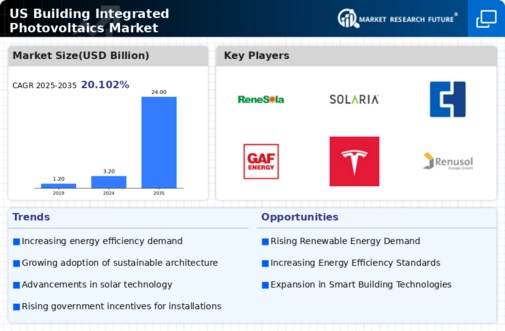

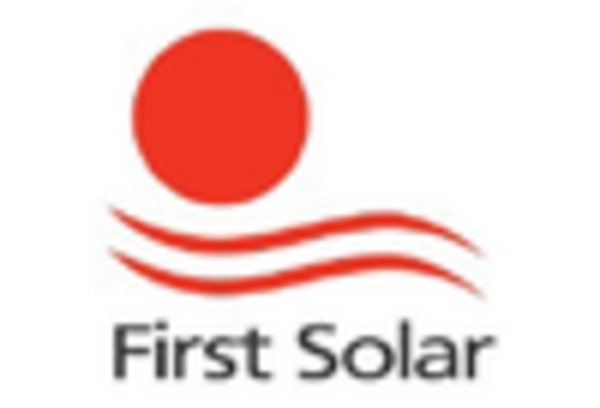
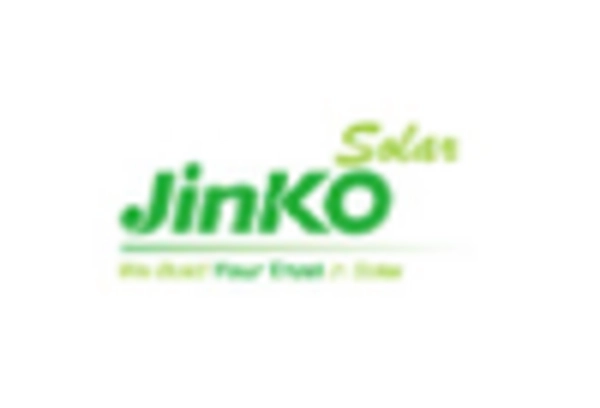

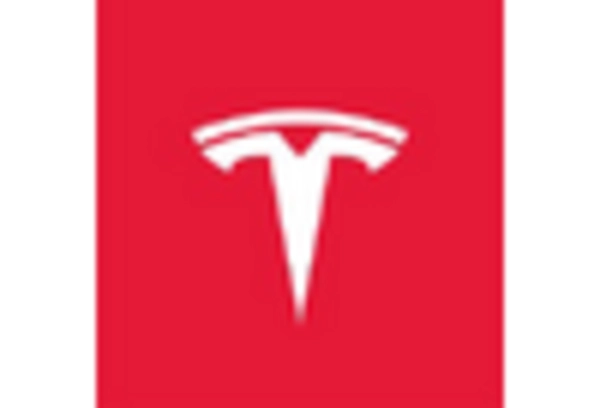
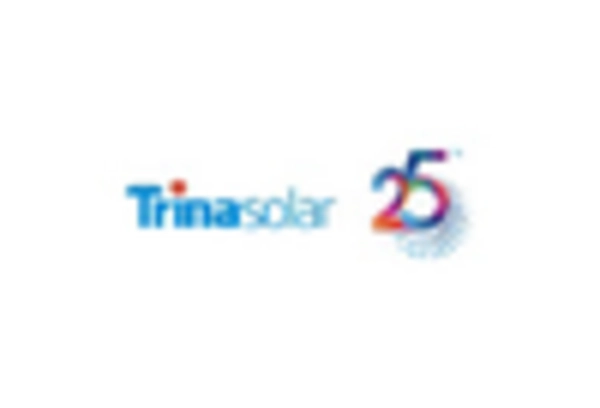








Leave a Comment